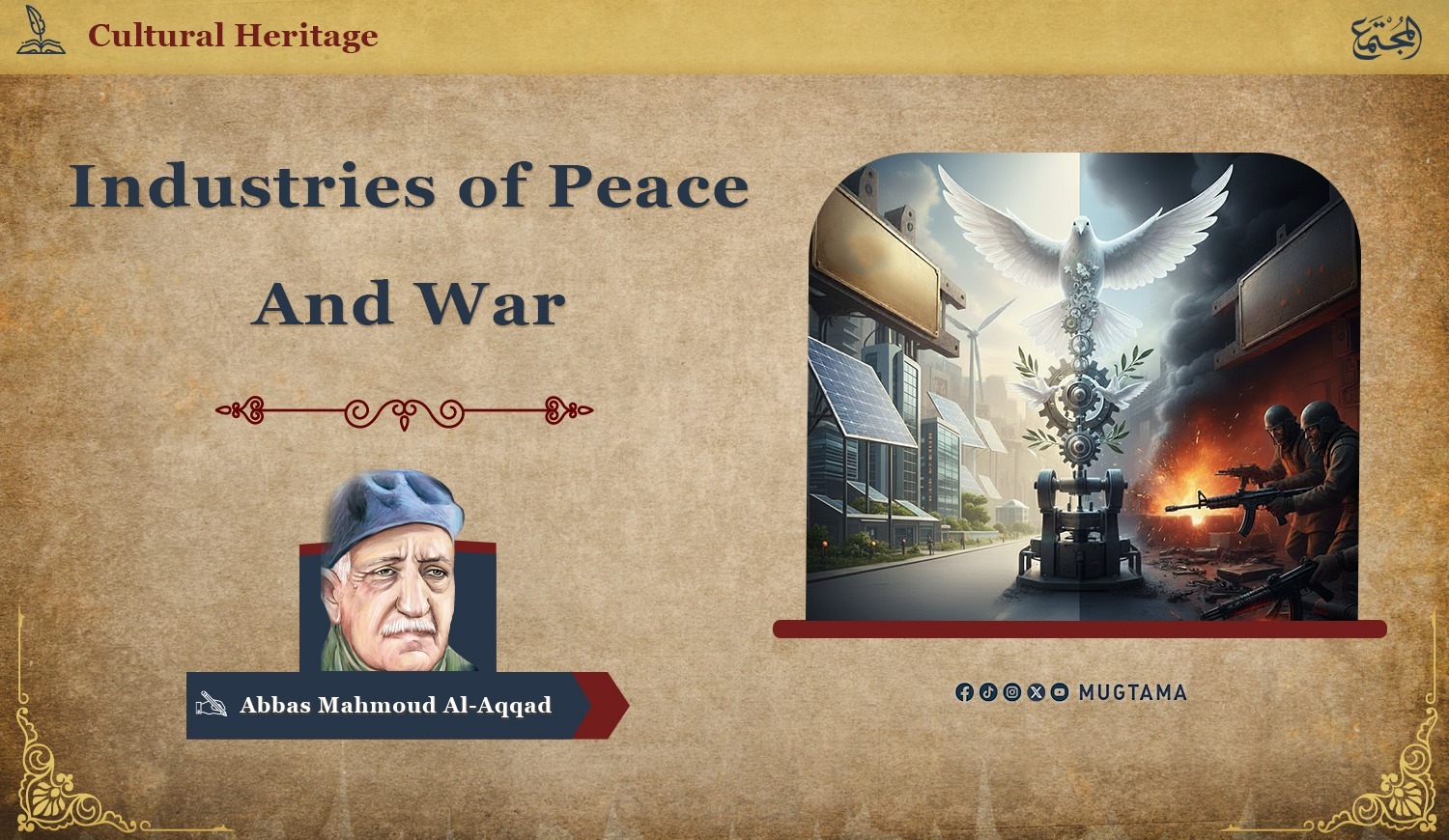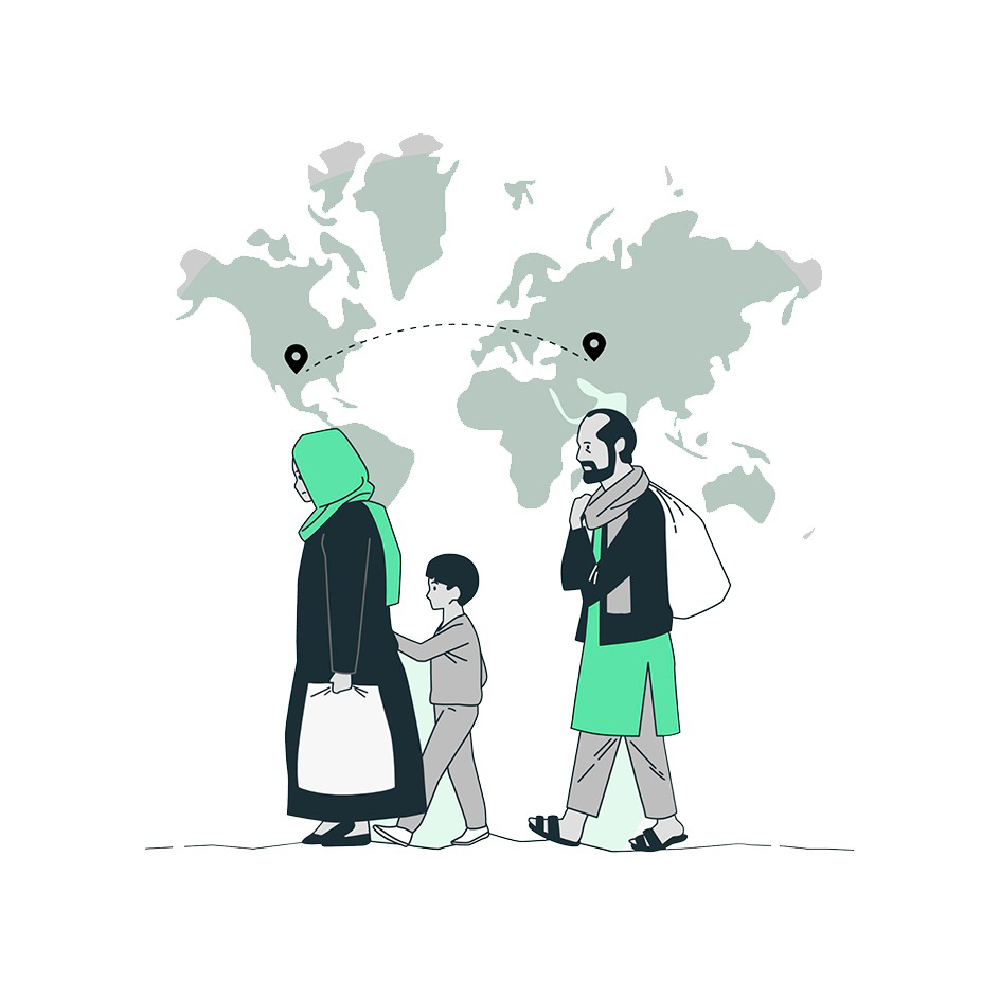Industries of Peace and War

Isaac Taylor believes that the Greeks
borrowed the system of weights and coin minting from the Babylonians, through
the Arameans and then the Lydians of Asia Minor.
The Arameans had branches in Iraq as well
as in Sinai and Palestine. Thus, they spread what they had adopted from the
valleys of the Euphrates and the Nile alike. The Greeks, being in contact with
them through the eastern ports of Asia Minor up to the borders of Sinai,
borrowed from them the means of civilization and trade long before the peoples
of the European continent had even been guided to them.
The Art of Navigation
The Greeks were among the ancient
navigators, yet they did not precede the Canaanites in this art, for the latter
had dedicated themselves to maritime trade and nearly monopolized it in the
eastern Mediterranean until after the time of Alexander and the founding of
Alexandria. Their advancement in navigation was aided by the abundance of wood
suitable for shipbuilding in the land of Canaan, the richness of crops they
needed to sell or exchange in nearby and distant ports, and their location on
coasts connected to seas that opened the way for Asian trade from the farthest
regions.
The Greeks may have learned shipbuilding
from the Canaanites or from the Babylonians. Here, the story of Noah and his
Ark may be of value, for it is the first ship mentioned in history.
Undoubtedly, it was not built in Greece, but rather in a region close to the
lands of the Torah—somewhere between Iraq and Palestine. Archaeological remains
of ancient Phoenician southern ships have been found, and Herodotus recorded
the voyages of the Phoenicians and Egyptians under Pharaoh Necho II, who were
the first to give the nations of the eastern African coast certain knowledge of
that region. The Greeks, during the time of Homer, only knew of them through
hearsay.
Thus, while determining who came first may
be difficult, what cannot be doubted is that the Canaanites—or Phoenicians, as
the Greeks called them—expanded greatly in navigation and in establishing
distant maritime colonies, to an extent the Greeks never reached in ancient
times. And if the Phoenicians had borrowed systems of measurement, coinage,
writing, astronomical observations, and calendrical knowledge from the Semitic
peoples, it is not unlikely that the Greeks, in turn, learned from them the
arts of navigation, trade, shipbuilding, and maritime guidance by observing
celestial signs and stars.
Greek Medicine and
Eastern Influence
It is also worth noting, when discussing
the Greek borrowings from earlier civilizations in daily life and cultural
matters, that Hippocrates—the so-called “Father of Medicine”—was from the
island of Kos, and Galen, the most famous Greek physician after him, was from
Asia Minor. Both traveled through the lands of Canaan and Aram as well as
Egypt. There is no dispute that Hippocrates and Galen drew from the medical
traditions of the ancient Egyptians, yet the knowledge acquired by the peoples
of Asia Minor from Canaan and Babylon must also have included medical sciences
inseparable from advanced civilizations—and it would be unreasonable to exclude
them.
Hannibal and the Arab
Legacy in the Art of War
This, then, is the summary of ancient
civilization in a few words: there was not a single peaceful craft or science
in which the Greeks did not apprentice themselves to a nation descended from
the Arabian Peninsula, nor a single field where they were not followers of
their predecessors.
On this same basis—that the Semitic peoples
are all descendants of the Arabian Peninsula—credit must also be given to them
for the military arts that the Romans learned from the Carthaginian general
Hannibal. The Battle of Cannae, in which he defeated the Romans despite
commanding roughly half their number, remains to this day a central subject of
study and analysis in Europe’s most advanced military academies. It was, in
essence, one among many arts that astonished the Romans—innovations in
transporting troops by land and sea, landing them on exposed coasts, leading
them through mountains, employing newly designed ships, devising rapid tactical
plans, and using animals such as elephants and horses in land battles.
If a historian were to claim Hannibal as an
Arab by research—not merely by lineage—he would find some support in Hannibal’s
name, homeland, and era. Hannibal lived in the 3rd century BCE, a time when the
Arab nation had already approached its modern form. His very name bears
resemblance to Arabic pronunciation of that era—Hanni-baal, meaning
“Grace of Baal” or “Grace of Allah.” His city was called Qaryat Hadash
(“the new town”), which was later corrupted to Qart-Hadasht, and then to
Carthage, with the soft “g” sound used by the Romans. His father’s name,
Hamilcar, was derived from “Hami al-Qaryah” (“Protector of the Town”),
likewise altered through time.
The Semitic Imprint
on Civilization
In conclusion, Europeans were pupils to the
peoples of the Arabian Peninsula in matters of faith, civilization, and daily
life long before Europe itself became a teacher to others.
This remains true even if the Sumerians—the
earliest inhabitants of Mesopotamia—were, according to some estimations, a
people of Aryan descent.
For what is certain, beyond conjecture, is
that the astronomical knowledge that reached Europe—and upon which they built
their celestial beliefs—bore the Babylonian imprint in both names and
attributes. The art of writing, too, reached Europeans and Indians alike
through the peoples of the Arabian Peninsula, whether from the far north or far
south. And no matter how much one speculates about originality in the earliest
stages, the Semitic imprint is evident on all that Europeans first
learned—astronomy, writing, Stoic philosophy, trade, navigation, and
architecture. None of these fields, nor any others, bear any clear mark of the
Sumerians.
-------------------------------------------------------------
Resource: Book “The Impact of
the Arabs on European Civilization” by Abbas Mahmoud Al-Aqqad
Read Also:
-
Book Review “The Impact of the Arabs on European Civilization” By Abbas MahmoudAl-Aqqad










